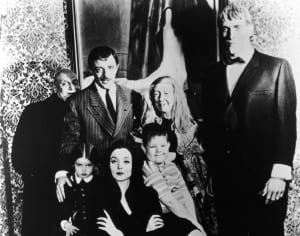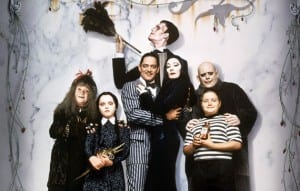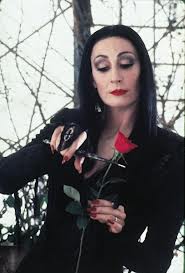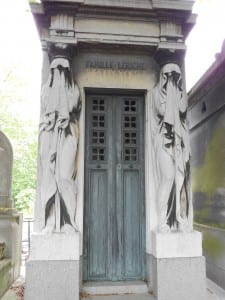After writing scenes one to three separately we came to the realisation that it would take to long to write the whole script if we stuck to this idea. Along with this we also realised that we did not have enough scenes to properly explain the story so the audience would understand. We took the decision to add more scenes to the performance and create a new synopsis of scenes.
New Synopsis
Scene One-
Housekeeper and countess- Getting ready for wedding. Staying the same.
Scene Two-
Count and countess passionate scene. Staying the same.
Scene Three- Rob (Done for 16th)
Count and countess meet the snow child- Scene two ends with the count and countess taking a walk. They are walking through the snowy woods and see the snow child. The count sees her beauty rushes to her aid and tries to make her warm. Hear about some backstory from the snow child. Why she is out there etc. countess is trying to get him away from the snow child as she doesn’t want any other women in his life that may sway him from her as she enjoys the wealth. He refuses to do as the countess says and she leaves. The countess then runs into the ‘crazy lady’ and the crazy lady warns the countess about the chamber etc. The countess is trying to get away this whole time and doesn’t really listen to what the crazy lady is saying.
Scene Four
Piano tuner and housekeeper- We find out more background information about the two. Ending needs changing as count and countess don’t walk in anymore. Me and Steph will edit this when it comes to doing it.
Scene Five- Lewis (Done for 16th)
Piano tuner and Countess- (needs adding onto) The countess comes back and she is shaken up about the incident with the crazy lady. She goes to her music room and finds the piano tuner in there playing the piano. She sits with him for a while and they begin to talk about his sight etc. She then begins to talk to him about what the crazy lady said to her about the chamber and how she isn’t sure what to believe. The piano tuner says that he has heard that these stories are true and the countess tells the piano tuner she is worried and isn’t sure what she should do about asking the count or not. They have a kiss in this scene towards the end. He promises to look after her or something.
Scene Six- Hannah (Done for 16th)
Snow child and count- The snow child and the count return to the castle. They go into the bedroom and the snow child is weak and we can see that she is finding it hard to walk etc. The count is helping her and puts her on the bed and gets in beside her. He says how beautiful she is and how he has never felt like this. He remarks about how beautiful her skin is as she is white as snow or something. She is just laying there and he begins to stroke her face and kiss her and show affection and love towards her. They then make love and she dies during sex. He weeps at the end.
Scene Seven- Rob (Done for 22nd)
Crazy lady and countess- After everything that has been said about the count the countess decided to go and search for the crazy lady as she wants to know more about the chamber etc. They meet again in the woods and the crazy lady explains what happened to her in the castle and about what she saw and warns the countess to run. The countess leaves the scene with rage as she has been used and she feels she does not have the upper hand on the relationship.
Scene Eight- Lewis (Done for 22nd)
Count and countess- Confrontation about everything that the countess now knows and she wants answers to why he has hidden all this from her. The count does not say much as he is upset over the death of the snow child. (I feel we need more discussion about this scene before i write anymore because I don’t know where this is meant to go)
Scene Nine- Hannah (Done for 22nd)
Countess finds snow chamber. I see this as a quiet scene with music and the audience just watch what the countess finds.
This just gives you all an idea about what is happening. I feel we need to clarify some scenes more as i’m not sure where they are going at the moment but hopefully we will be able to have a meeting soon and sort that all out. Hope this helps.
– Written by Hannah Smith
We felt that these added scenes would help explain the story more for the audience as long as help develop characters and emotions. Along with these changes to the script and synopsis a head script writer was appointed (Hannah Smith) as we needed to keep the script moving and deadlines needed to be set so everyone could begin learning their lines. After this decision was made I appointed scenes to certain people in the script writing team and dates that they had to be done by. This would then help the script be written so we could begin to perform.
Hannah Smith.



